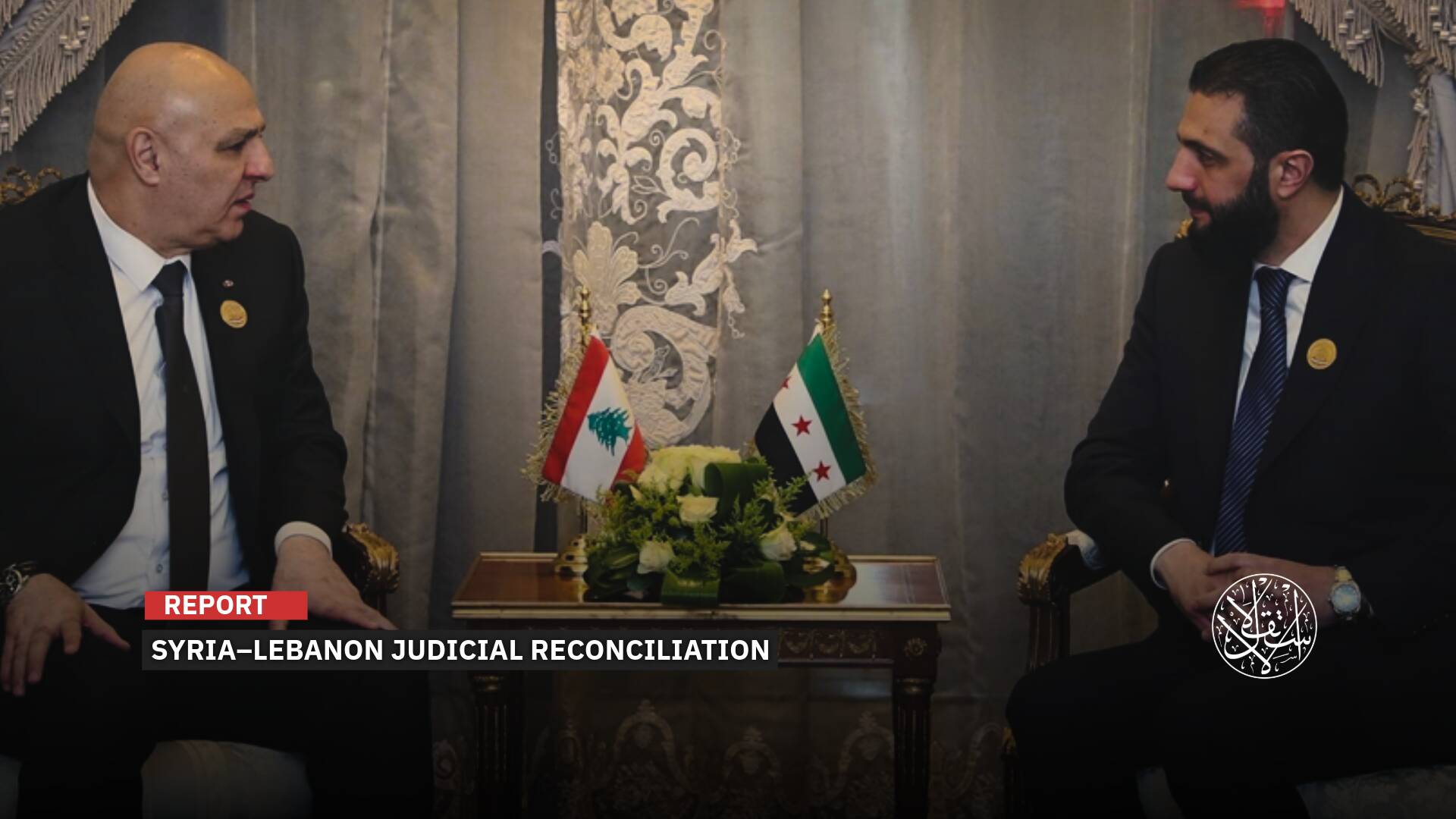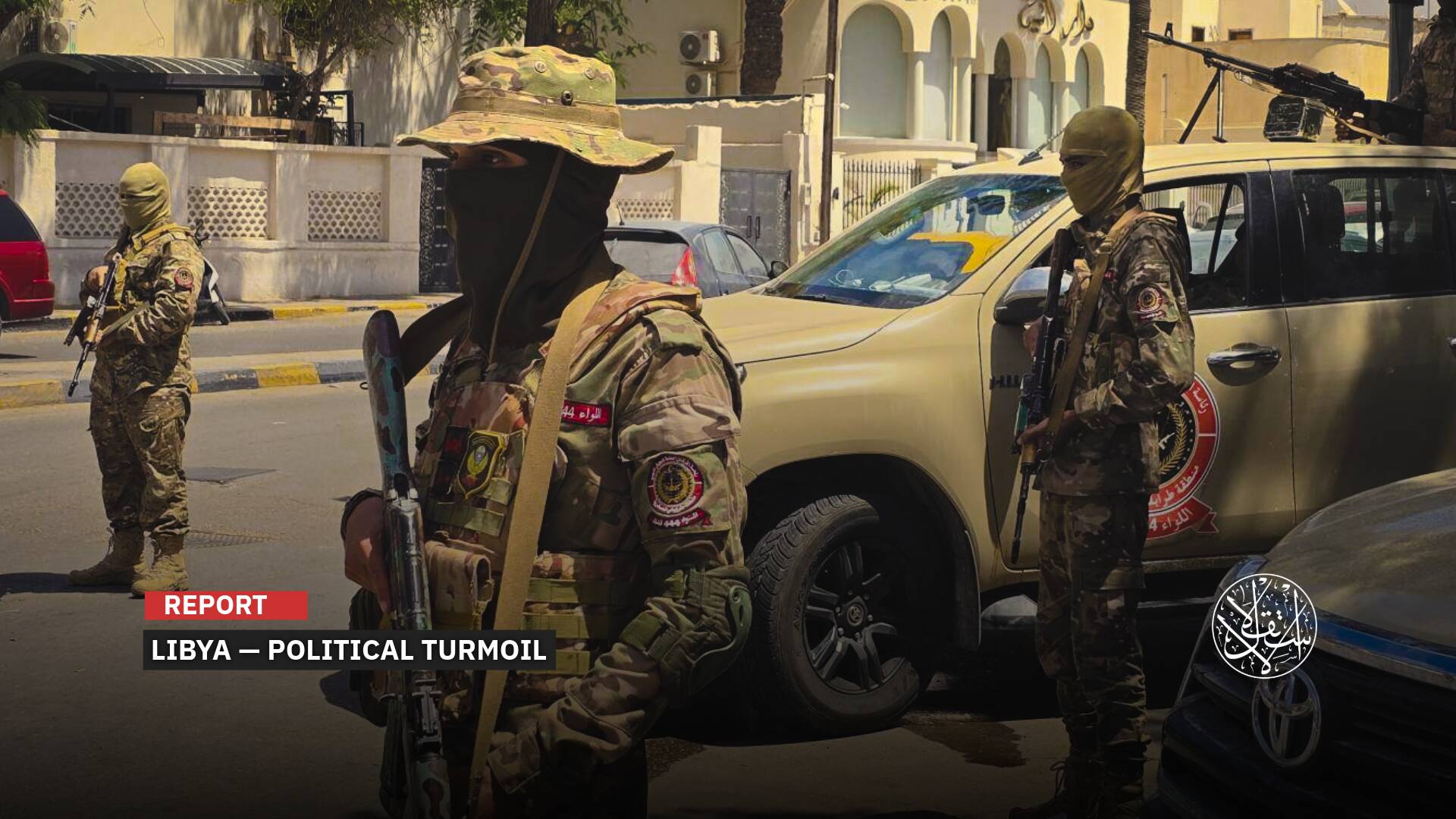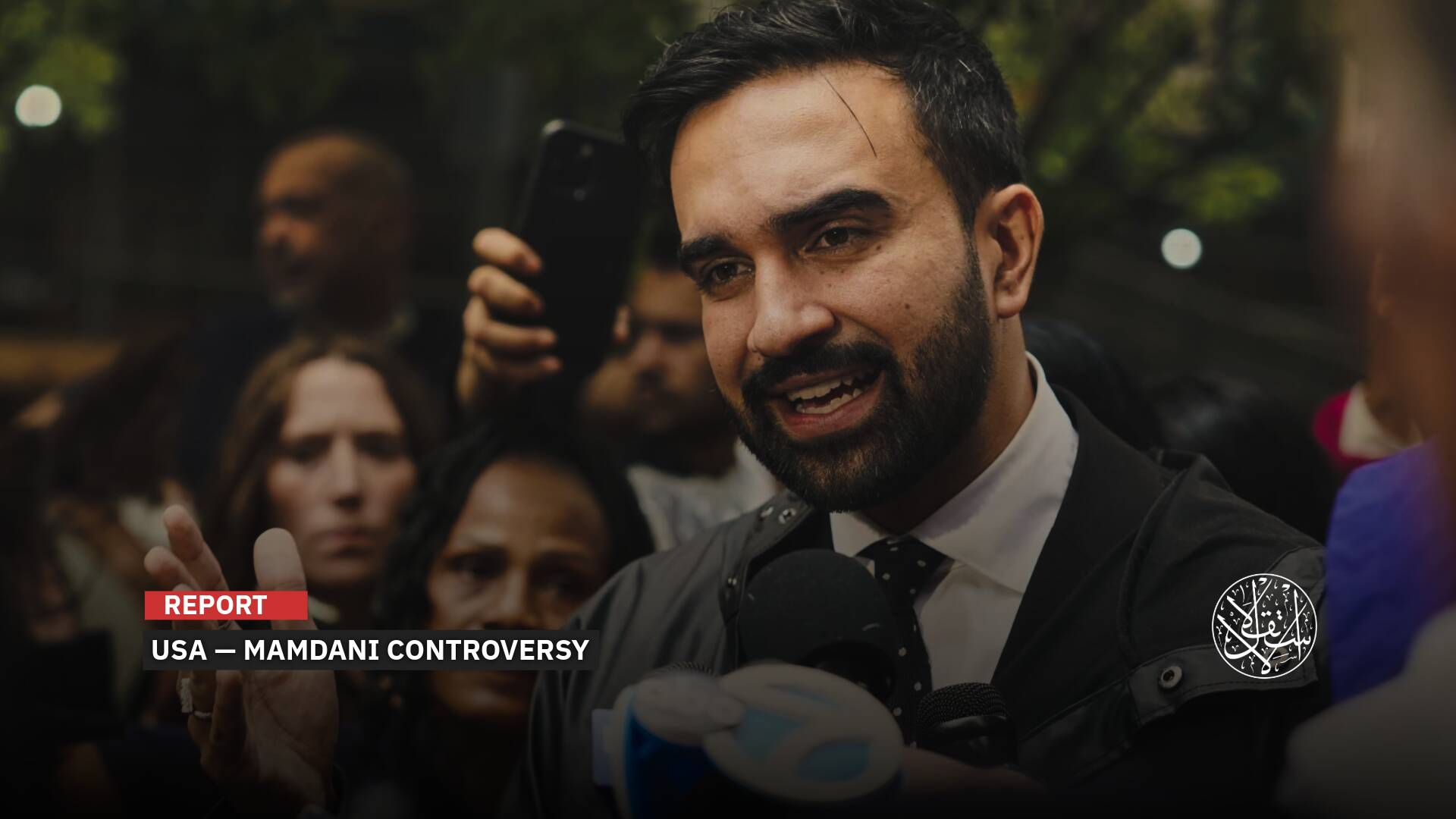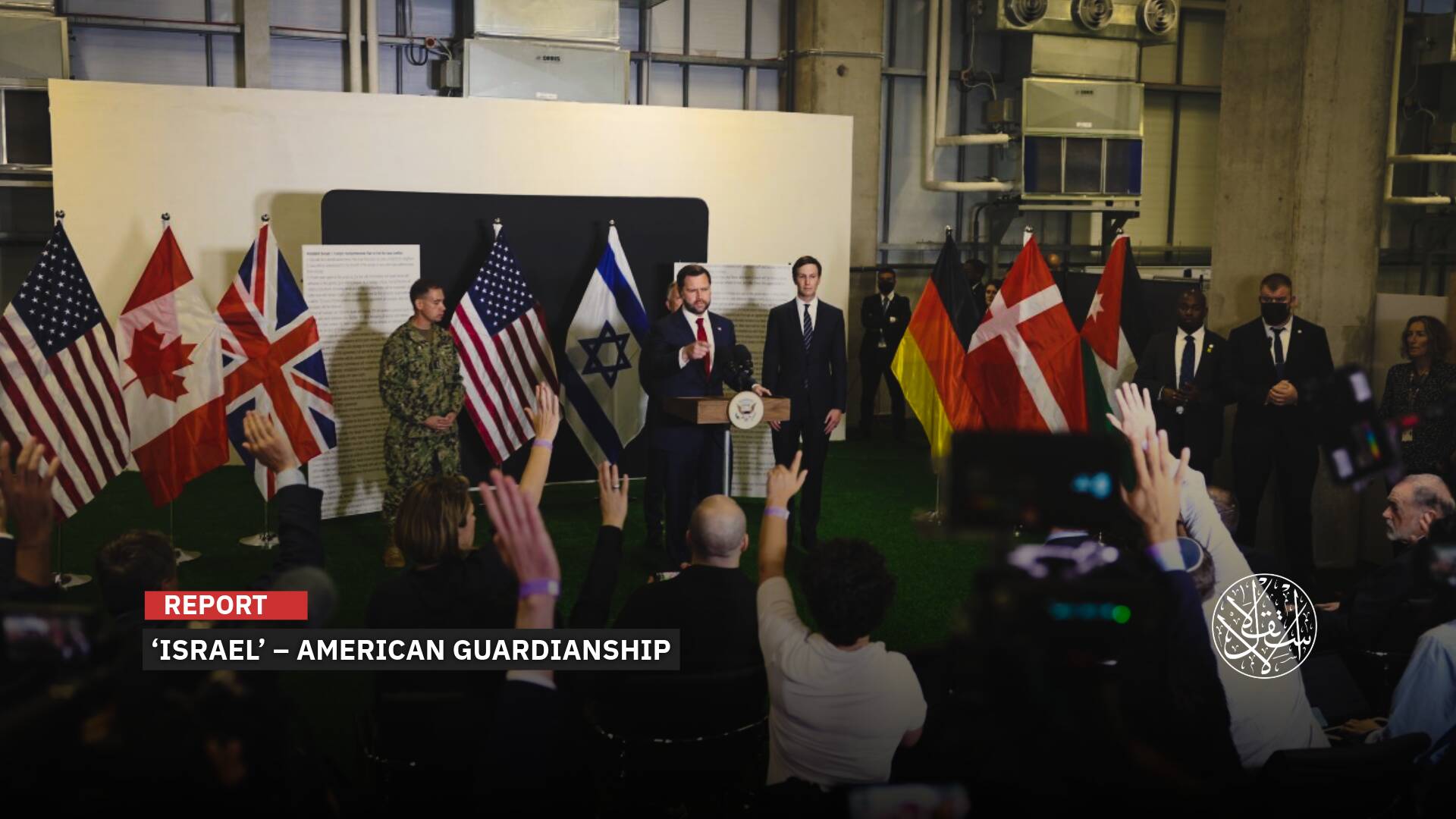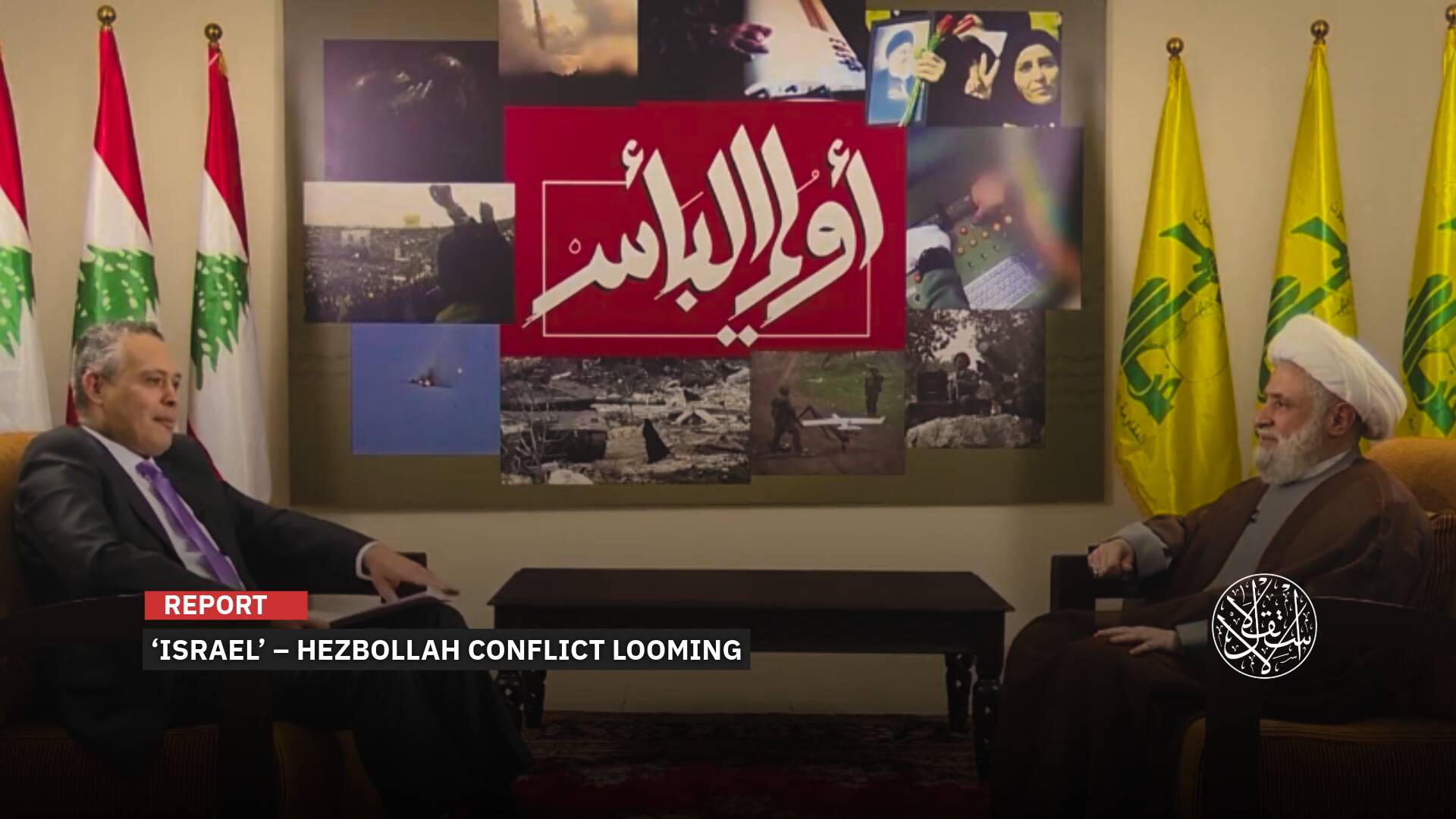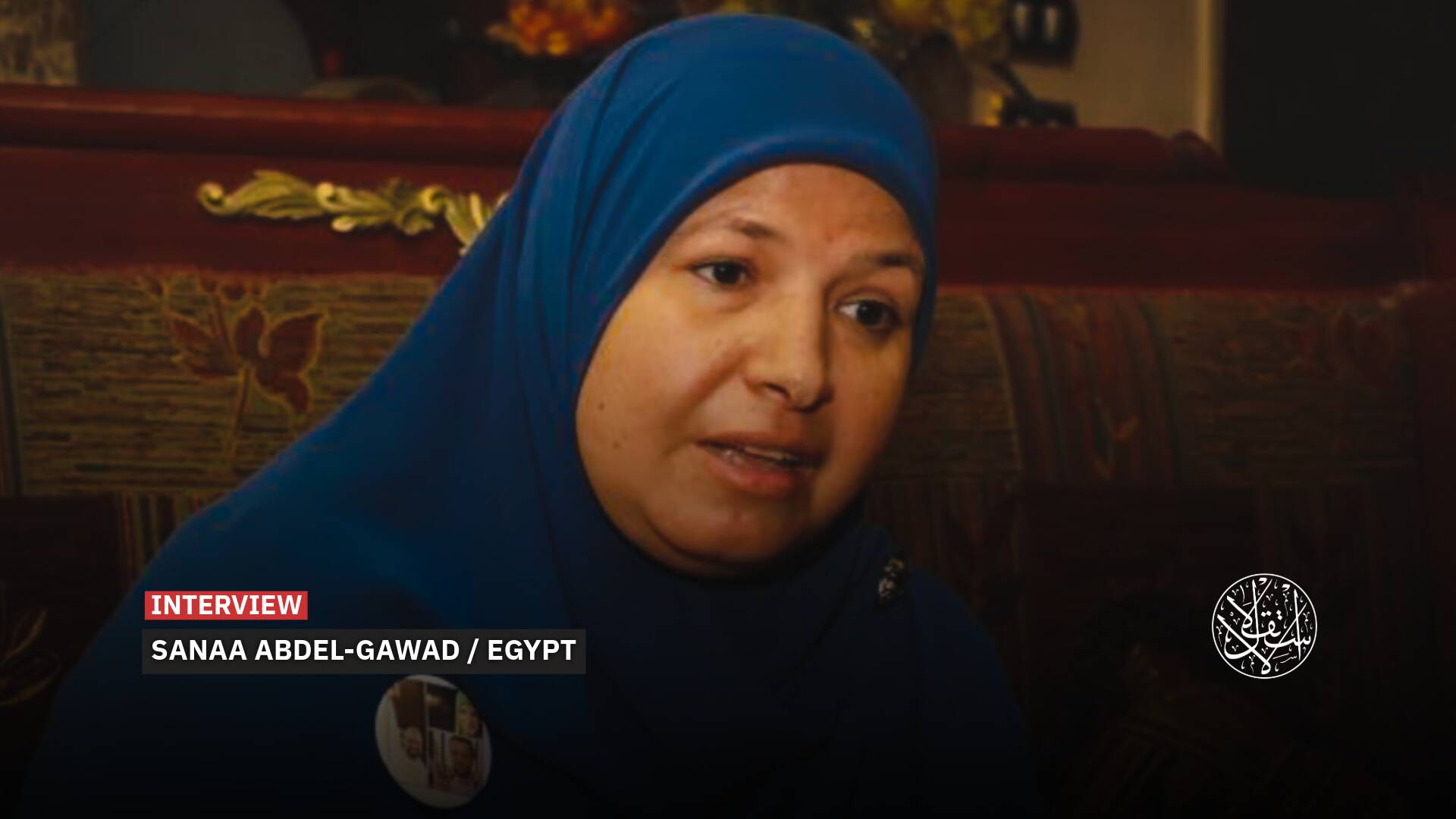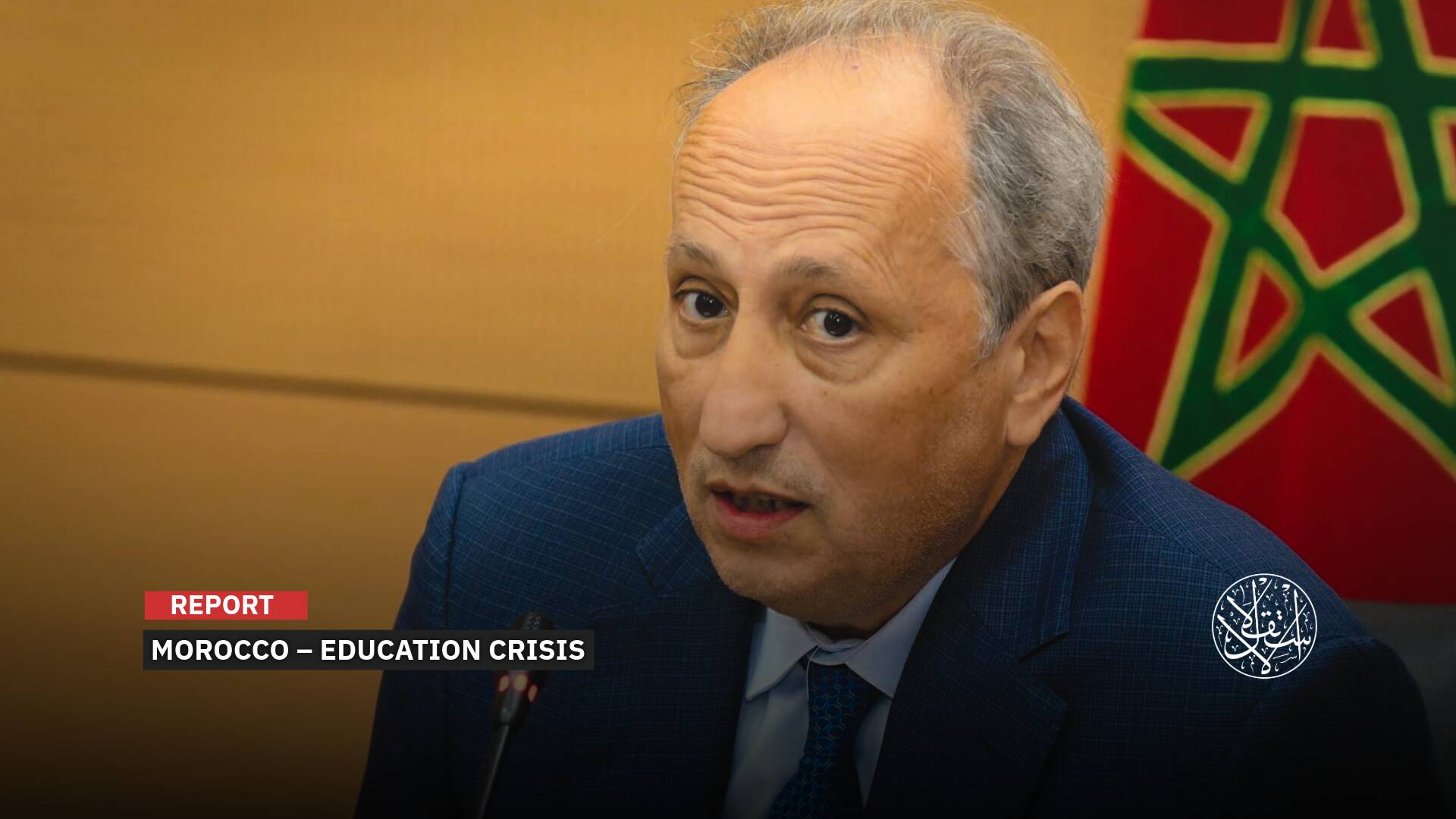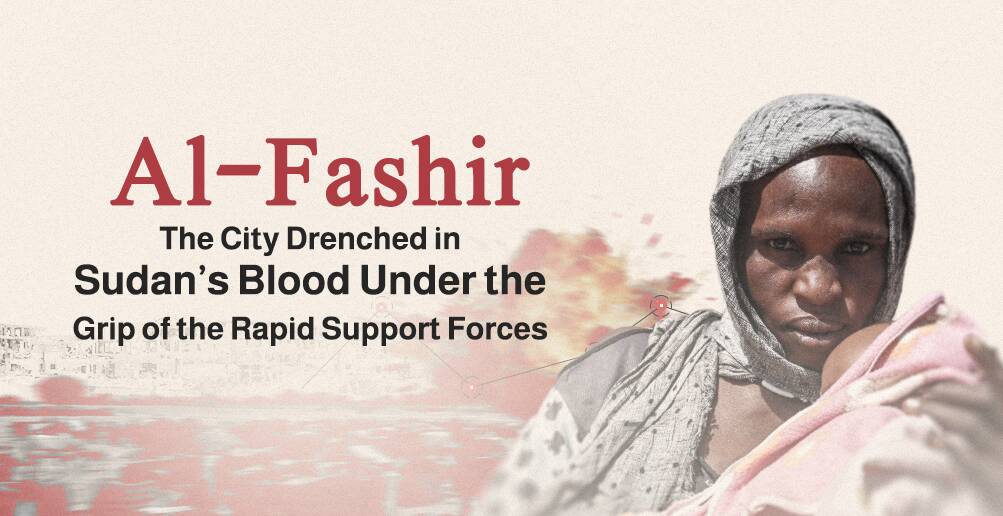Syria's New Order: How Assad Loyalists Coastal Rebellion Were Thwarted

Crushing the coastal rebellion is the ultimate test for Syria's new leaders in safeguarding the nation's security.
The new Syrian government successfully thwarted a major plot by officers and members of the ousted Bashar al-Assad regime to seize control of Syria’s coastal provinces of Tartus and Latakia, with the aim of destabilizing the country’s political transition.
On March 6, 2025, officers, former regime members, and militias linked to the ousted Assad regime launched a coordinated assault on government institutions, hospitals, and military checkpoints in the provinces of Tartus and Latakia.
During the attack, Assad’s loyalists carried out field executions of members of the new public security forces stationed in the two provinces, and kidnapped others, including some civilians.
‘Coastal Rebellion’
The failed “rebellion,” orchestrated by Assad loyalists, was clearly an attempt to impose a new reality in Syria's coastal areas, populated by villages and towns with a majority Alawite population, which had been the backbone of the ousted Assad regime's army and security apparatus.
During the failed operation, Assad loyalists killed more than 30 members of the new public security forces and captured others. However, security forces and the Ministry of Defense responded swiftly by sending massive reinforcements to the coastal region, quelling the rebellion within hours.
Security forces and the military managed to kill and capture dozens of Assad loyalists, reestablishing control in both Latakia and Tartus. They began extensive sweeps across the coastal region to restore security and track down remaining elements of the former regime and its militias hiding in villages and mountains.
Since the beginning of the rebellion, all military factions that had joined the new Syrian army declared a state of emergency. Military convoys from all provinces were sent to strengthen the coastal front against the Assad loyalists.
Tens of thousands of Syrian civilians took up arms, volunteering under the Ministry of Defense's command, transforming the public into an army to assist in the hunt for Assad loyalists.
General Intelligence Chief Anas Khattab confirmed on March 7, 2025, that initial investigations had shown “former military and security leaders affiliated with the defunct regime were behind the planning and execution of these crimes” in the coastal region, with direction from figures who had fled the country and are wanted by justice.
He said that the “treacherous operation” had claimed the lives of “dozens of our finest men in the army, security, and police.”
Khattab further stated, as reported by Syrian Arab News Agency (SANA), that these individuals sought to undermine Syria’s new identity—one that troubled them due to its progress and prosperity.
“To those who failed to heed our earlier warnings: you have been deceived by malicious hands into doing what you are doing today,” Khattab added.
“We will not forgive those whose hands are stained with the blood of our pure men. You have no choice but to surrender yourselves and your weapons to the nearest security agency, in order to ensure the safety of Syria and its people and the return of stability and security.”
Ministry of Defense spokesman Colonel Hassan Abdel Ghani affirmed that the ministry’s forces made rapid field progress and re-established control over the areas that had been attacked by the traitors against public security forces in Tartus and Latakia.
He said Friday that “senior war criminals” were “scattered in the mountains with no refuge except the courts, where you will face justice.”
“Do not become fuel for a lost war [..]. The choice is clear: surrender your weapons or face your inevitable fate,” he added, addressing other Assad supporters.
Syrian activists have accused Iran of attempting to “create chaos in the coastal region” by supporting Assad supporters, seeking to destabilize Syria after losing its influence in the country.
Notably, Iranian media, including the official news agency IRNA, has been biased in its coverage of events in the coastal region. The agency has published inflammatory reports such as “Deadly clashes continue in Latakia, 16 members of the ‘al-Jolani’ group killed,” referring to the new Syrian interim president, Ahmed al-Sharaa, previously known as “Abu Mohammad al-Julani.”
IRNA also described the new Syrian security forces as “supporters of al-Julani,” signaling Iran’s continued reluctance to recognize the new government established after the ousting of Assad’s regime on December 8, 2024.

Organized Plot
On March 6, 2025, the announcement by Colonel Ghiath Dalla, a former officer in the ousted Assad regime, about the formation of what he called the “Military Council for the Liberation of Syria,” with himself as its leader in the coastal region, underscores the extent of premeditated planning behind the operation.
Before the fall of Assad, Ghiath served in the 42nd Brigade of the “4th Division” militia, which was led by Maher Assad, Bashar’s brother. In 2017, he was able to establish his own militia, “al-Ghiath Forces,” with support from Iran.
Ghiath Dalla is closely aligned with the Iranian axis within the Assad regime's military structure and is considered Maher Assad’s military arm on the ground.
Over the years, Dalla, originally from the town of Bayt Yashout in the Latakia countryside, has become known for his “bloodthirstiness” and his use of scorched-earth tactics in efforts to retake Syrian cities.
On March 6, 2025, Al-Jazeera obtained information from private security sources regarding movements of cells linked to the former regime that carried out operations in the northern countryside of Latakia, northwest Syria.
A Syrian security source told the Qatari outlet that Assad is aware of the ongoing coordination among all armed groups, supported and overseen by a foreign state.
The source added that the military council formed by Colonel Ghiath Dalla has begun expanding its influence on the ground, establishing alliances with former leaders of the ousted Assad regime’s forces.
The source pointed out that Dalla has formed an alliance with Mohammed Mahrez Jabir, the former leader of the Desert Hawks militia, who is now based between Russia and Iraq.
The source also revealed that Dalla formed a coalition with Yasser Ramadan al-Hajl, who was a field commander within Suhayl al-Hasan’s groups. Al-Hasan, known as “The Tiger,” is considered Russia’s top man in Syria.
He is a bloodthirsty figure accused of committing numerous war crimes against Syrians over the past decade. He is known for his “scorched earth” tactics in recapturing cities.
He led the “25th Special Tasks Division,” which was the most frequent user of advanced Russian weaponry in battles, supported directly by Russian experts and officers.
According to the security source for Al-Jazeera, Dalla is the executive hand of Maher Assad—the former commander of the 4th Division—in the ongoing operations in the coastal region of Syria.
The source also confirmed that Maher Assad and businessman Raif Qutli left Iraq on March 5, 2025, heading to Russia to meet Bashar Assad.
The military council led by Ghyath Dalla has received financial support from Hezbollah and Iraqi militias, along with logistical facilitation from the Syrian Democratic Forces (SDF).
The SDF still controls large areas of four provinces (Hasakah, ar-Raqqa, Deir ez-Zor, and rural Aleppo) and refuses to hand them over to the new administration, especially after all armed factions in Syria merged under the Ministry of Defense and the new Syrian army’s umbrella.

Foiling the Plot
This plot, orchestrated by Assad's remnants, has become the ultimate challenge for Syria's new leadership — testing their resolve to restore order, ensure security, and prevent any faction from seizing control and fragmenting the nation, as experts warn.
Particularly, the popular support for the current Syrian state, demonstrated through citizens taking to the streets to back the government's efforts against Assad's remnants, has sent a strong message to the outside world, signaling the Syrians' refusal to go back.
In this context, military expert Colonel Ismail Ayoub asserts that what happened in Latakia and Tartus “is a separatist plan that relies on the propaganda that the Alawite sect is the majority in the Syrian coast, which is not true.”
“Iran’s hand is clear in supporting those who attempted to rebel against the new Syrian state, with weapons, money, and moral support,” he told Al-Estiklal.
“The on-the-ground field conditions are not in favor of Assad's remnants. They are practically isolated from the outside world, and their supply routes are cut off. The only thing protecting them is the mountainous terrain and forests.”
The military expert said “the strong response from the security forces and the army is proof that the state is growing steadily day by day, and that it is capable of dealing militarily with threats, even in rugged areas like the coastal region.”
“The quick response to this threat by the security forces and the army helped end the military rebellion in the coastal region by Assad's remnants,” he added.
Ayoub also pointed out that “the Syrian state's success in reducing security pressures is reinforced by international and Arab support in the fight against terrorism.”
“These groups are outside the law and the state, and it is the duty of the state to maintain civil peace, security, and stability.”
The new army and general security forces managed to thwart the first attempt at “armed rebellion” after the success of the revolution. This would not have been successful without the state's decision to adopt military resolution rather than security measures, which, according to observers, proved to be an exhausting process for the security forces, who were subjected to repeated ambushes and attacks in the coastal area.
This was echoed by Syrian political researcher Saad al-Shara, who said that “the state's decision to opt for a military resolution is not only about ensuring Syria's security and stability but also about eliminating the gains of the revolution, with Iranian support for these remnants.”
“The sectarian sensitivity in the coastal region is what pushed the Syrian administration to take military action against these remnants after having used security tactics previously. This was misinterpreted by Assad's remnants as a sign of the state's military weakness,” he told Al-Estiklal.
“What happened in the coastal region was an organized and planned military action by Assad's remnants, linked to key figures tied to Assad’s army and security apparatuses, with Iran’s involvement.”
Al-Shara stressed that “Iran has begun to feel concerned with the gradual stabilization process in Syria, coinciding with the diplomatic efforts the Syrian state is making with foreign countries, which is why this rebellion was planned.”
“The goal of the coastal rebellion was to create chaos in Syria ahead of the upcoming Arab summit in Baghdad, scheduled for May 17, 2025, as this would affect the political presence of the Damascus government.”
Sources
- New information about the relationship between Bashar and Maher al-Assad and the Latakia attacks [Arabic]
- After the situation is stabilized: Temporary halt to operations in the coast and demands to hold perpetrators of violations accountable [Arabic]
- al-Sharaa calls on "remnants" of the former regime to surrender themselves and their weapons, and accusations of "field executions" in the coast [Arabic]
- Bloody clashes continue in Latakia, 16 al-Julani supporters killed [Arabic]


